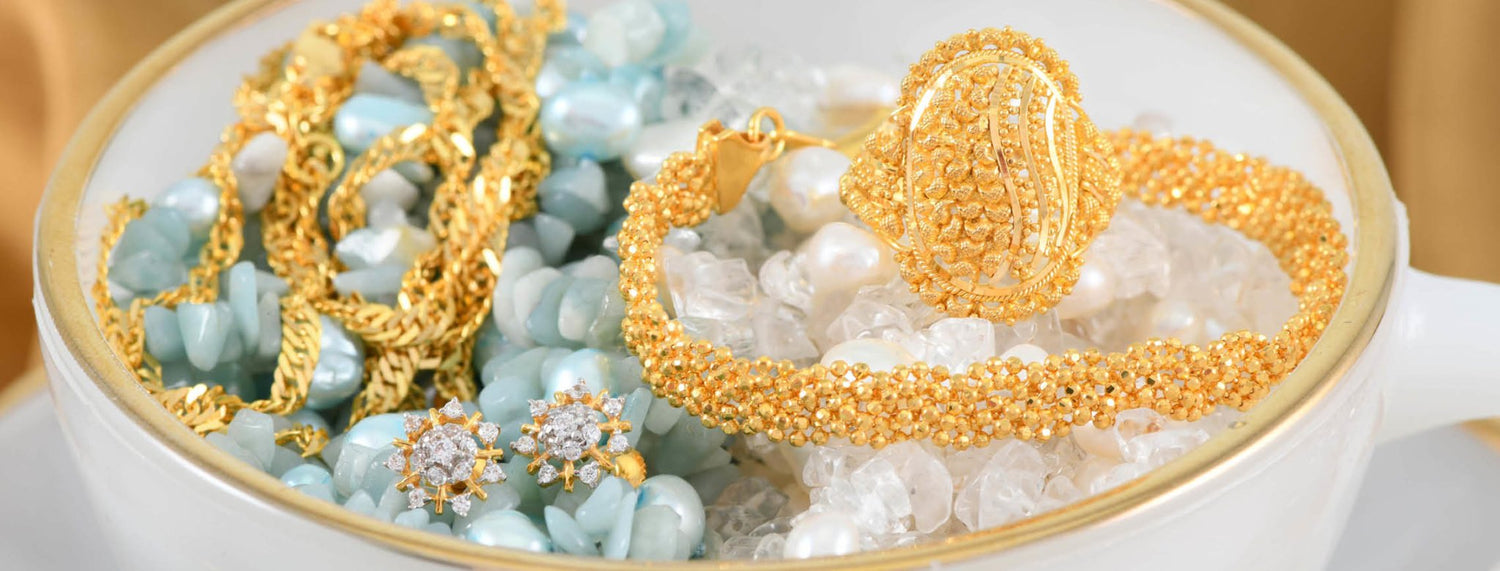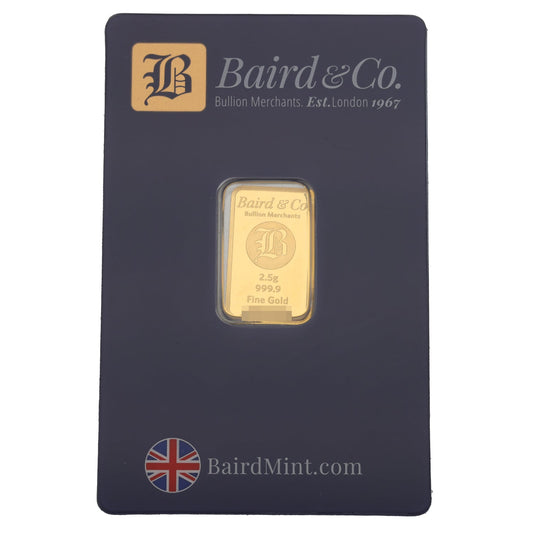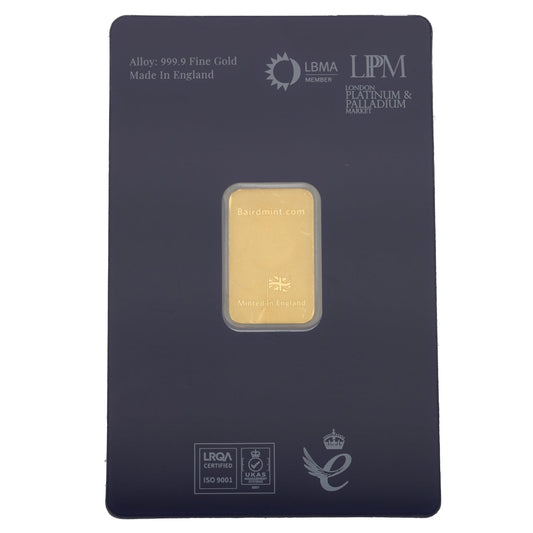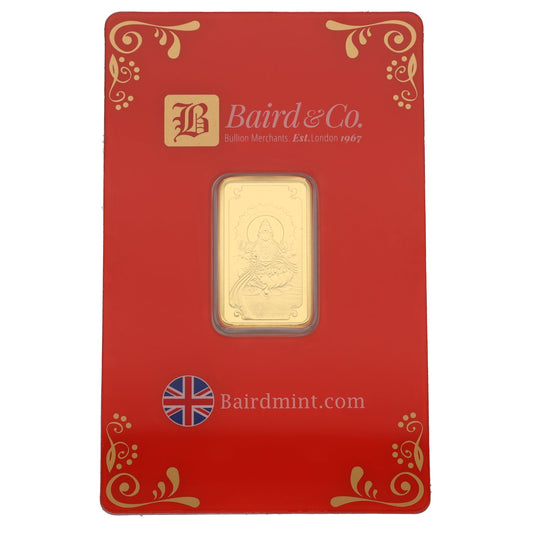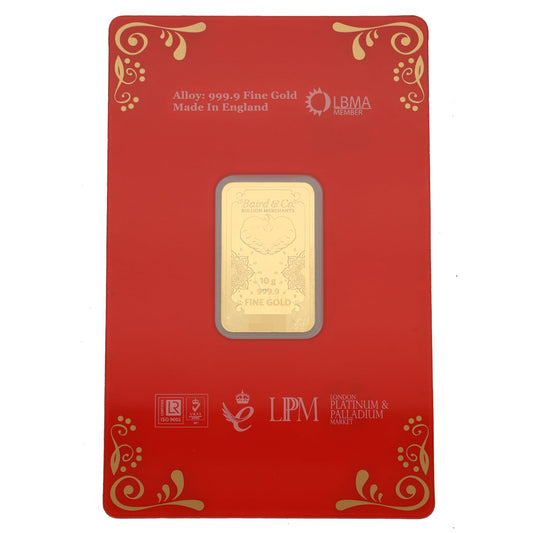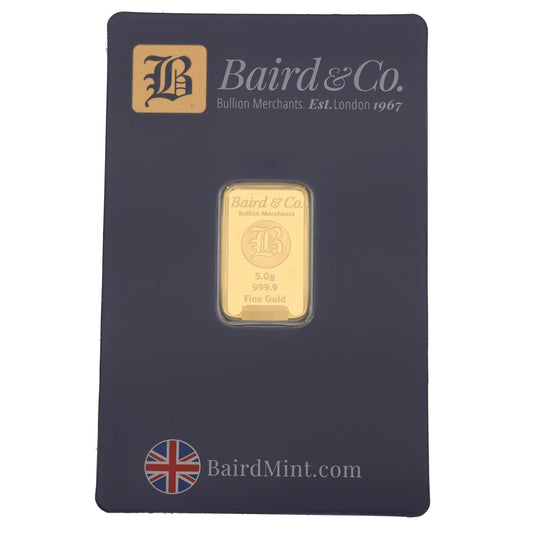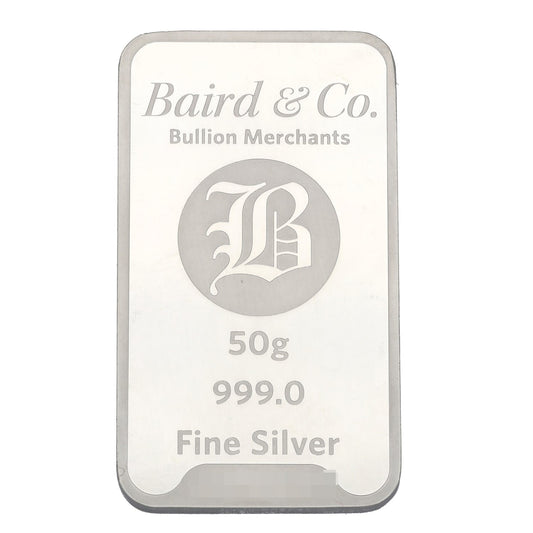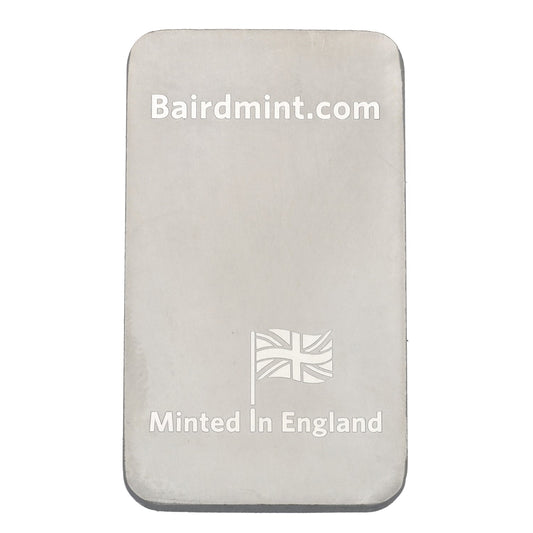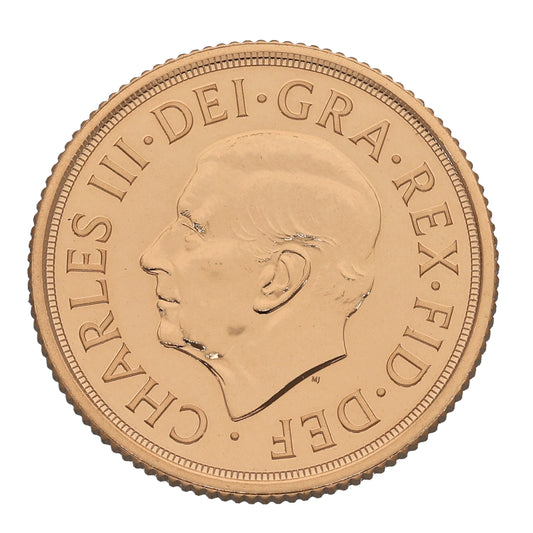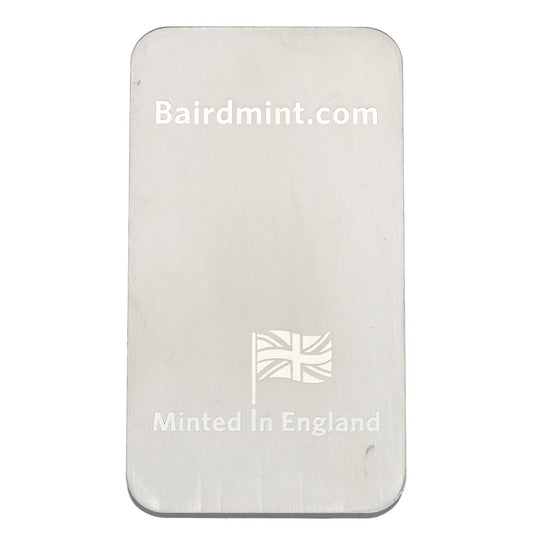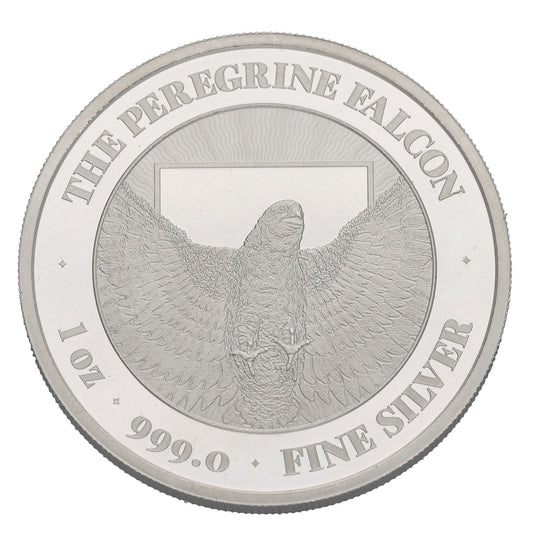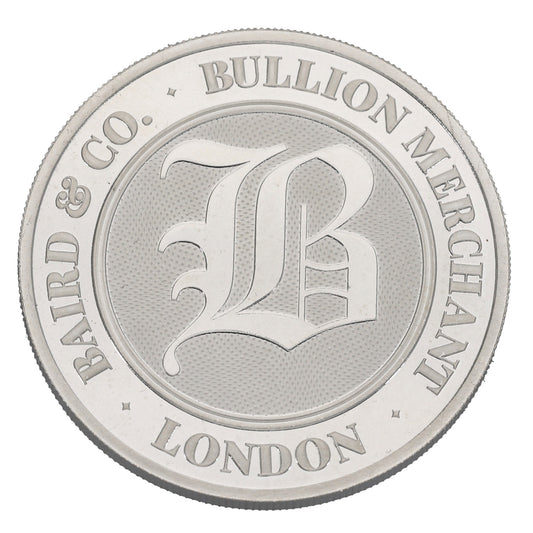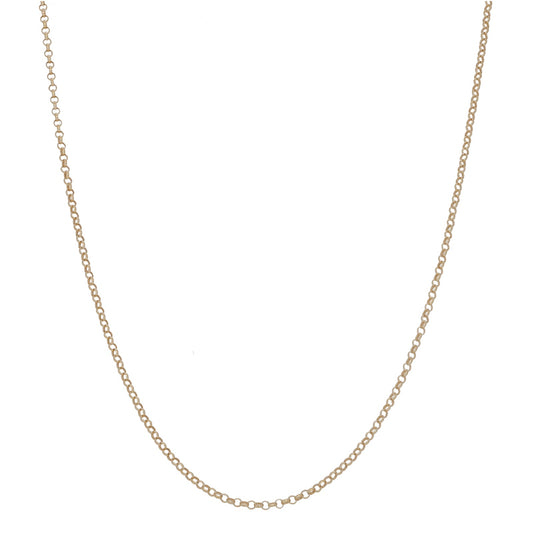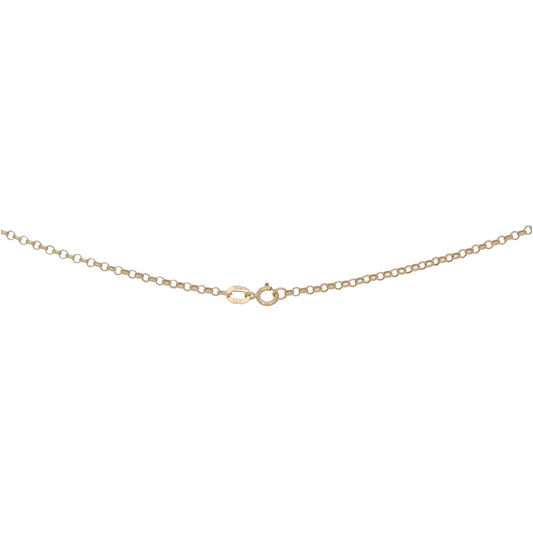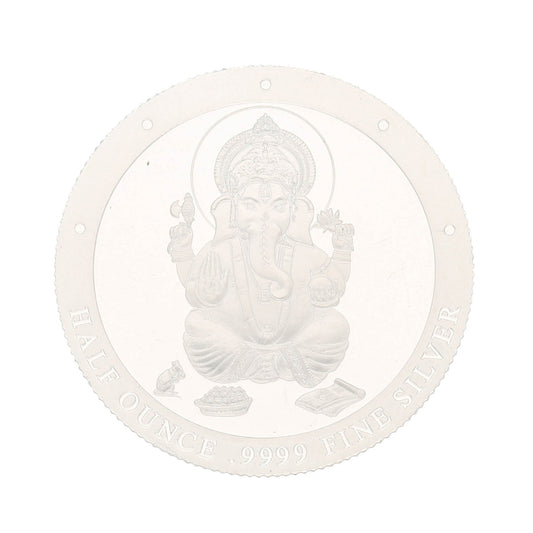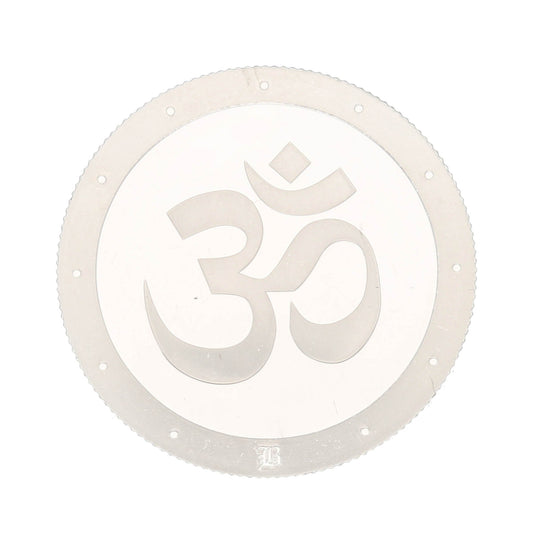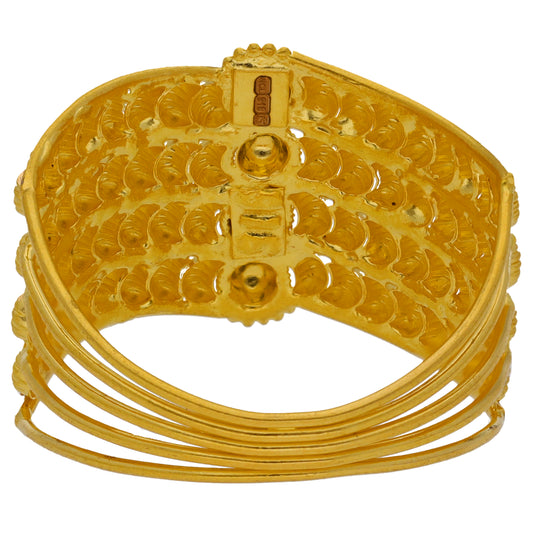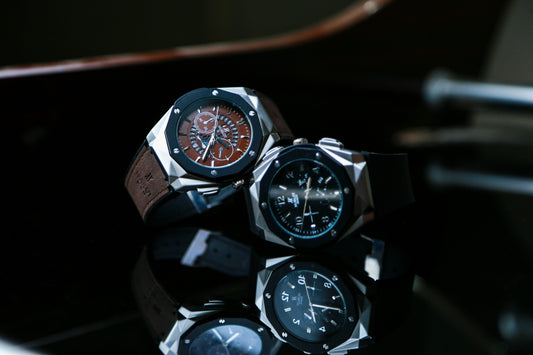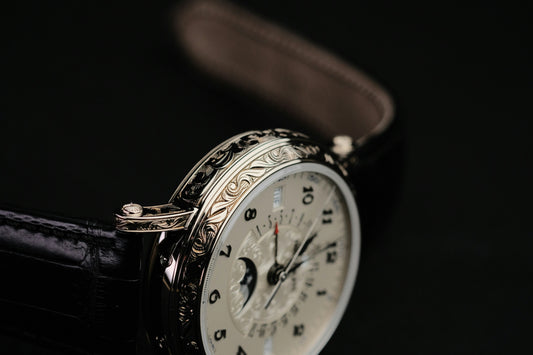When choosing a new watch for a collection, many people prioritise timepieces which have some level of water resistance. Not only does it make the watch more practical for being out and about in wet weather, but it’s the perfect choice for outdoorsy types who enjoy water sports and love going on spontaneous adventures.
If you’re considering buying a water-resistant watch, it might be wise to do some research on them first to find out what exactly makes these timepieces so practical. Before you take the plunge with your purchase, read our latest blog post to find out more about water-resistant watches, the different levels of water resistance, and how you can keep yours in top condition.
Waterproof vs water-resistant watches
You will likely have heard of watches referred to as both waterproof and water-resistant. But what exactly does this mean? The difference between the two is that waterproof watches are designed to be used deep underwater with significant pressures. These are also known as dive watches, and they have a water resistance rating of 1000 metres or more. Water-resistant watches, on the other hand, have different levels of water resistance and range from being able to withstand splashes of water to vigorous swimming, but are not classed as fully waterproof.
It’s important to note that no watch can technically be 100% waterproof. This is why many watchmakers now choose to market their timepieces as resistant to water instead, even if they can withstand being underwater for long periods of time. However, Rolex still label timepieces in their famous Oyster range as waterproof. This includes the Oyster Perpetual Rolex Deepsea Challenge, which has been found to be waterproof up to an impressive 12,000 metres.
How are water-resistant watches different to regular timepieces?
Although water impacts regular timepieces differently to water-resistant ones, most of the elements of these two types of watches are the same. The main difference between a water resistant watch and a regular timepiece are the gaskets. These components are often made of rubber or plastic. The main job of gaskets (also known as O-rings) is to protect the watch from everyday damage from oil, dirt, perfume, and dust. However, more substantial gaskets can also be used to protect the watch movement from water damage.
Another difference between the two is, unsurprisingly, the amount of sealant. Water-resistant watches will have more sealant in the casing to add an extra layer of protection. As for the casing, this has to be made from a material which can withstand the pressure of being deep underwater for waterproof diver’s watches. Stainless steel or titanium are the ideal choices for a diving watch due to them being lightweight and having high corrosion resistance.

The first water-resistant watch
As well as making one of the most water resistant timepieces on the market, the Rolex Oyster is considered to be the world’s first water-resistant watch. This model had an airtight sealed case, rubber gaskets, and a screw-down crown to protect the movement.
This stunning timepiece was made in 1926 and was really put to the test the following year, when British swimmer Mercedes Gleitze wore the watch throughout her attempt to swim across the English Channel. Gleitze wore the watch for ten hours in the icy cold water. When she came out of the sea, her watch was still in top condition and the inside of the timepiece was completely dry.
The different levels of water-resistant timepieces
When shopping for water-resistant timepieces, you’ll notice that the water resistance of the watch is advertised in metres. However, these numbers should not be taken literally as this does not mean they can withstand being worn at this depth underwater. For example, although watches with a 30-metre resistance rating have been tested to withstand the pressure at this level, they have not been tested physically at this depth underwater. The watch may also be advertised as 3ATM, which stands for atmosphere.
While this can make searching for a watch with the right level of water resistance more confusing, this chart should make it easy to find exactly what you need.
|
Rating |
How water resistant is it? |
|
30 metres/3ATM |
These can withstand splashes of water but aren’t made to be used underwater. If you’re caught in a rain shower or splash the timepiece while washing your hands, this watch would be okay. |
|
50 metres/5ATM |
These are splash-proof too and can be used in the same environments as mentioned above. |
|
100 metres/10ATM |
These are more resilient and can withstand use underwater. These watches can be worn by regular swimmers and will fare well with snorkelling too. |
|
200 metres/20ATM |
This has as high a water resistance rating as most of us will need. It can be used for both swimming and snorkelling, as well as a variety of other high-impact water sports such as surfing and scuba diving. |
|
300 metres/30ATM |
Watches which have a water resistance rating of 300 metres can be used for all the activities above and moderate dives, although they are not technically classified as diving watches. |
|
1000+ metres/100ATM+ |
Timepieces with this rating are officially classified as diver’s watches as they can be used for deep sea diving, as well as all the activities mentioned above. |
How to look after your water-resistant watch
If you choose to invest in a water-resistant watch, it’s important to maintain it well so it keeps the water out as much as possible. If you use these watches underwater often, it’s recommended to get them pressure tested regularly (at least annually) to make sure all the components are in working order. The gaskets in particular may need replacing often.
Any watch that is used in or around water should always have the crown fully secured to the case before being used in this environment. Some watches have a “screw down” crown and/or chronograph pushers which must be fully secured before submersion. These are designed specifically to create a tight seal for the watch case. If they are not fully engaged the water resistance can be compromised.
You should also make sure to clean the timepiece with fresh water and wipe it dry with a soft, clean cloth after using it in the ocean. This is because salt water can be corrosive, which in turn can damage the case of the timepiece. Remember that choosing a waterproof strap is important too. But don’t worry if you find one you love that isn’t waterproof — you can always swap it for a waterproof strap when wearing it underwater.
Interested in splashing out on a watch you can wear underwater? Our collection of pre-owned watches includes a fantastic range of water-resistant timepieces, from iconic watchmakers including Rolex, Omega, and Tag Heuer. We stock a great selection of men’s and women’s pre-owned timepieces for you to explore.
If you’re looking to complement your timepiece with an accessory, we also have a fantastic range of men’s and women’s jewellery to browse, including rings, earrings, necklaces, and much more.
This blog has been fact checked by our in-house watch specialist.
